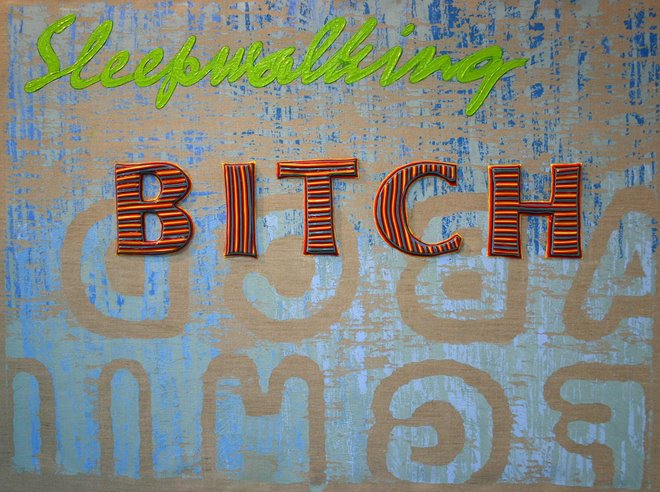 |
| Bill Culbert Receives Recent Honorary Doctorate at The University of Canterbury |
 | |
| Bill Culbert's Brilliant Contribution to the Venice Biennale, NZ Pavillion, Venice |
Suffering from insomnia, in the wee hours of a wintry morning, I came across this Bill Culbert article commentary in John Hurrell's indispensable EYECONTACT online arts journal. What struck me about the writer's salient comments is how little the topic this fellow raises is entertained - talked about - here in weary old Canterbury. In Canterbury where the circumstance, and its maddening paradox, has, and may increasingly have, a markedly harmful impact on visual culture.
The School of Fine Arts; established in 1882 as the Canterbury
College School of Art, is the longest established art school in New
Zealand, putatively the oldest in the antipodes, and one of the oldest continually operating art schools in the English speaking world. And, although many of New Zealand’s leading artists have either taught at
the school, or have been its pupils, the school itself is dealt to -on an institutional level - not as the cultural landmark it is ... but as an expensive nuisance. Eating up resources, better purposed to vocational, business friendly, ends.
And, like State Owned Enterprizes , under current neo-liberal administration, as dispensable as any corner dairy.
With the international rise of bottom-line corporate thinking and values. Along with the blinkered corporate view that what was once thought of as the crowning glory of any self-respecting civilization or nation state (the arts in all their soul-sustaining magnificence and humanity mirroring squalor) should be as self-sustaining as a ledger-book.
That is unless a particularly bankable artifact-as-capitalist-trophy is on the auction block at Sotheby's.
That is unless a particularly bankable artifact-as-capitalist-trophy is on the auction block at Sotheby's.
The incessantly propagated (or propagandized) notion that every aspect of the human project be thought of, talked about, and treated as a business enterprise is one of the most pernicious big lies of the past half century. It has taken root, to such an extent, that recently I had a librarian tell me, much to my actual horror, that libraries, universities, and public arts amenities are, or should be, run like any businesses. A librarian. An affiliate of the occupation that - when I was a young, terminally wayward, boy - literally saved my skin.
Even hardened 19th century robber barons ( such as Frick, Rockefeller, Carnegie, Mellon, Hearst, Astor, Vanderbilt, Guggenheim, Ford ) thought of the arts as a way to redeem their economic sins and to leave behind respectable edifices that spoke well of them and their gentrified descendants. That is why they hoarded great masterworks, built and endowed museums, libraries, galleries, and while still living set up bounteous bequests whose bank interest, to this day, underwrites symphony orchestras, dance companies, and public theaters.
Today's forgettable Scrooge McDucks care less for posterity and even less for the arts as a going concern.
Today's forgettable Scrooge McDucks care less for posterity and even less for the arts as a going concern.
Now, here, here in New Zealand, an existing, long-established cultural treasure. A visual arts wetland, so to speak, that has for 130 continuous years pulsed visual-art 'life' out into Canterbury, The South Island, Aotearoa, the Antipodes, and onto the international stage of Venice, is left more than wanting. But not as wanting as Christchurch's visual culture will be if our myopic institutional overseers (whose root faith-text is a Qur'an of quarterly profits & losses) continue to see nothing but gimlet-eyed bottom line. Men who (for the most part) - to paraphrase Oscar Wilde - 'know the cost of everything and the value of nothing'.
Da, quaesumus Dominus, ut in hora mortis nostrae Sacramentis
refecti et culpis omnibus expiati, in sinum misericordiae tuae laeti suscipi
mereamur. Per Christum Dominum nostrum. Amen.

